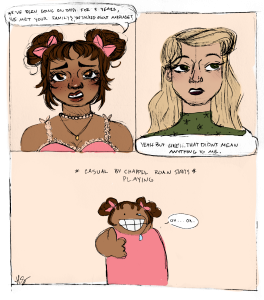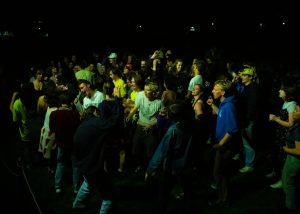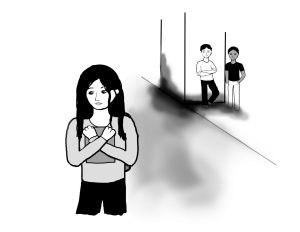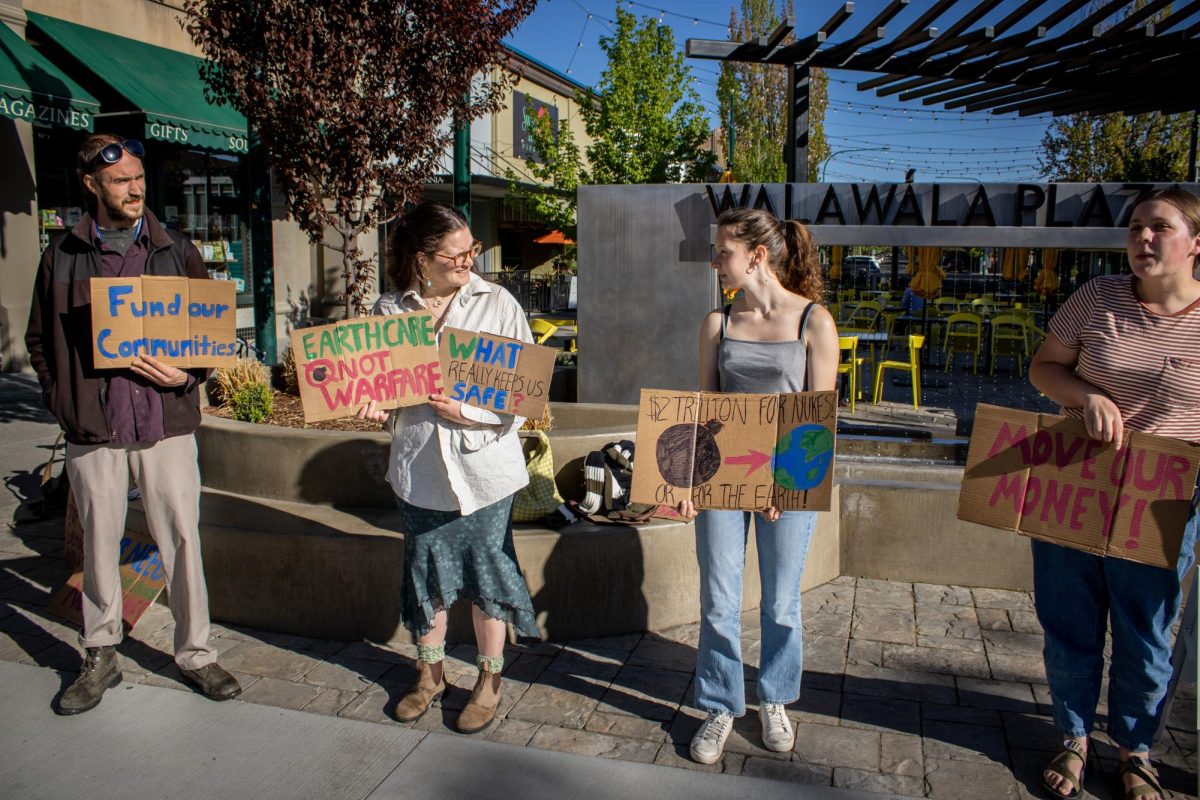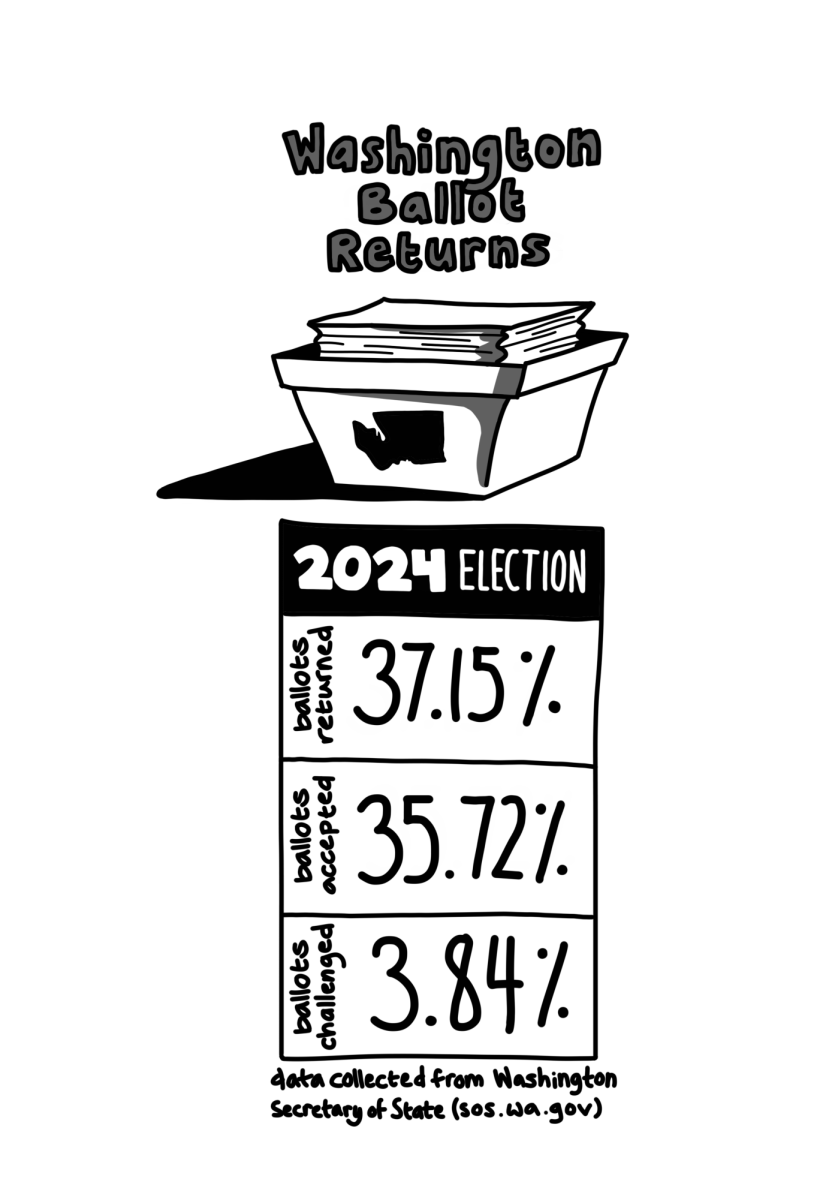
“It’s been a dream,” said Associate Dean of Students Mukulu Mweu, referring to the student multicultural space debuting sometime next fall, a project that’s been talked about for years and finally has sufficient planning and funding for its realization.
The new space will be located at 26 Boyer Ave., sandwiched between the dance studio and Boyer House, in a house just down the street from Reid Campus Center that formerly accommodated senior art studios.
The space doesn’t yet have a name. “House” doesn’t quite work because students won’t live there, and “center” doesn’t capture the intended comfort and casualness that will characterize it.
Whitman can’t be accused of lacking multicultural spaces, but until now they have been program-oriented, formal and scattered –– Interest Houses, the Intercultural Center, the Language Learning Center or Penrose Library’s basement for foreign television viewing.
The project arose from students repeatedly articulating a need for this sort of space, particularly in light of the difficulty finding suitable meeting space.
“The beginnings were student-driven, just from conversations. So Chuck and I had been talking about how we could help see this through,” said Mweu referring to Dean of Students Chuck Cleveland.
Student input –– in everything from the sort of building it should occupy to the space’s furnishings –– has fueled the project throughout, and students themselves will define how it is used. The space won’t have any administrative offices, per student consensus, and the hope is that is will develop organically instead of having an imposed structure from the onset.
The idea was explored and refined by student focus groups organized by the Board of Trustees Diversity Committee, and a Mellon grant funded tour of other colleges to learn what sorts of multicultural spaces existed at peer institutions.
The tour offered insight into different models. It also revealed that Whitman lacked something similar schools had.
“Activities and spaces for students of color and underrepresented groups are something that we have not defined well and this gives a real sense of place for both those students themselves and for discussions about diversity,” said Associate to the President Jed Schwendiman, who participated in the college tour.
Current spaces utilized for multicultural bonding and club meetings, such as the downstairs area in Reid for Intercultural Cafe, demonstrated clear limitations.
“Reid’s a very functional space and the building is fairly modern so I think it doesn’t really lend itself to being a space where you should come and spend a long time and relax,” said David Changa-Moon, former RA of MECCA who participated in a Diversity Committee meeting about the project.
Along with MECCA’s space limitations, Changa-Moon described the dilemma of a public space versus a private one. Groups seeking comfort and intimacy might opt for meeting at MECCA, but then worry they’re infringing on residents’ privacy.
Beyond the practical limitations, some personal ones emerged.
“Some diversity clubs can talk about some issues that are pretty sensitive and personal, and someone who’s getting their mail can overhear,” said Changa-Moon.
The new space will be an extension of the Intercultural Center and will offer a range of comfortable meeting spaces, from intimate meeting rooms to larger ones able to accommodate seminars, dinners and campus-wide events. Beyond that, unlike an interest house there will be no programming requirement.
“Too frequently, diversity students are expected to educate the rest of us about issues of race, class and ethnicity. At times they are expected to represent entire groups of people. These expectations are unfair and demanding. I see a multicultural space as a place where students can just be themselves and not be expected to perform, represent or explain themselves,” Professor of History Julie Charlip, who participated in the college tour, wrote in an e-mail.
One staff member, who wished not to be identified because of at-will employment status, voiced concern in an e-mail that the new space perhaps is a “sexy new way to market the school.”
Changa-Moon pointed out, “I think despite how it’s going to be perceived, it’s going to serve students in a real way immediately.”
“The administration and the Board of Trustees have been very genuine in their concerns, otherwise during a time like this when everyone’s budgets are being cut, they still wouldn’t pursue a house. It’d be one of the quickest things to cut, so I think there was some clear passion behind the project,” said Changa-Moon.
Gifts from donors have made the space possible. Funding for the project isn’t complete but is advanced enough to commence the renovation.
“It’s a balancing act, and we’re still in the process of deciding which pieces of the renovation we can and can’t do,” said Schwendiman.
Though it is a multicultural space, it is intended to serve all students.
“We’re trying to engage a wider audience from our campus. I really am hopeful that this is going to encourage people who have been on the margins and not as involved in our events to come check it out and do something different,” said Mweu.



